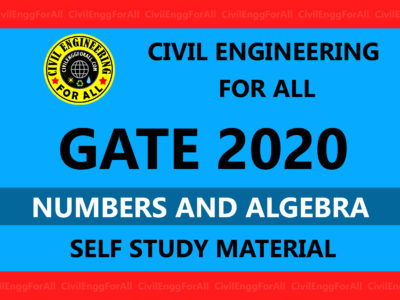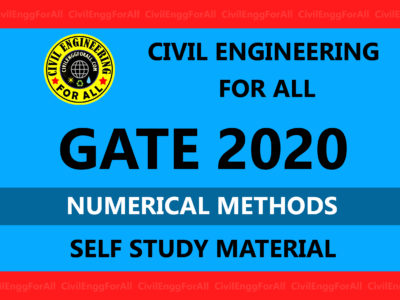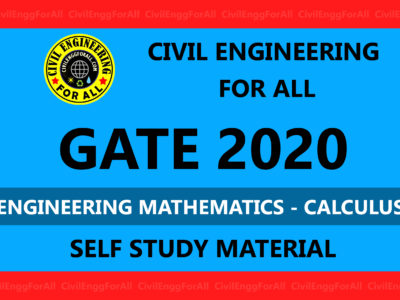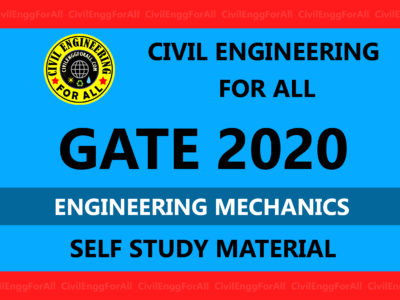
CONTENTS
- Number System and HCF, LCF
- Simplification
- Ratio & Proportion, Partnership
- Average, Problem on Ages
- Percentage
- Profit and Loss
- Time and Distance
- Mixture and Alligations
- Time and Work
- Interest
- Mensuration
- Data Interpretation

NUMBER SYSTEM
The ten symbols 0, 1, 2, 3, 4, 5, 6, 7, 8, 9 are called digits, which can represent any number.
- Natural Numbers: These are the numbers (1, 2, 3, etc.) that are used for counting.
- Even numbers: Natural numbers which are divisible by 2 are even numbers.
- Odd numbers: Natural numbers which are not divisible by 2 are odd numbers.
- Prime Numbers: Natural numbers which have exactly two factors, i.e., 1 and the number itself are called prime numbers. The lowest prime number is 2. 2 is also the only even prime number.
- Whole Numbers: The natural numbers along with zero (0), form the system of whole numbers.
- Integers: The number system consisting of natural numbers, their negative and zero is called integers. Real Numbers: All numbers that can be represented on the number line are called real numbers.
- Real numbers = Rational numbers + Irrational numbers.
- Rational numbers: Any number that can be put in the form of p q , where p and q are integers and q is not equal to 0, is called a rational number. It is denoted by Q. Zero (0) is also a rational number.
- Fraction: A fraction is a quantity which expresses a part of the whole. Fraction = Numerator/Denominator
IES MASTER CIVIL GATE STUDY MATERIALS : CLICK HERE
DECIMAL EXPANSION
- The decimal expansion of a rational number is either terminating or non-terminating recurring. Moreover, a number whose decimal expansion is terminating or nonterminating recurring is rational.
- The decimal expansion of an irrational number is non-terminating non-recurring. Moreover, a number whose decimal expansion is non-terminating non-recurring is irrational.
CIVIL ENGINEERING ACE GATE STUDY MATERIALS : CLICK HERE
FACTORS
A number may be made by multiplying two or more other numbers together. The numbers that are multiplied together are called factors of the final number. Factors of 12 = 1, 2, 3, 4, 6, and 12. All the numbers have a factor of one.
Common factor: A common factor of two or more given numbers is a number which divides each given number completely. Common factor of 12 and 18 are 1, 2, 3, 6.
Co-prime numbers: Two or more numbers that do not have a common factor are known as co-prime or relatively prime. For example: 4 and 15 are Co-prime numbers.
Highest common factor: The highest common factor (H.C.F.) of two or more numbers is the greatest number which divides each of them exactly. It is also known as greatest common divisor (G.C.D.). H.C.F. can be calculated by: (i) Prime factorisation method (ii) Division method
Multiples: Multiples of a number are all those numbers which can be divided completely by the given number. For example, Multiples of 5 are 5, 10, 15, 20 etc.
Common multiples: Common multiples of two or more numbers are the numbers which can be exactly divided by each of the given number. For example, Multiples of 3 are 3, 6, 9, 12, 15, 18, 21, 24 etc. and Multiples of 4 are 4, 8, 12, 16, 20, 24, 28 etc. Hence, Common multiples of 3 and 4 are 12, 24 etc.
Least common multiple: The least common multiple (L.C.M.) of two or more numbers is the smallest number which is exactly divisible by each of them. L.C.M. can be calculated by: (i) Prime factorisation method (ii) Division method
POINTS TO REMEMBER
- The greatest number that will exactly divide x, y, z = HCF of x, y and z.
- The greatest number that will divide x, y and z leaving remainders a, b and c respectively = HCF of (x – a), (y – b) and (z – c).
- The least number which is exactly divisible by x, y and z = LCM of x, y and z.
- The least number which when divided by x, y and z leaves the remainder a, b and c respectively= LCM of(x, y and z)– R where R = (x – a) = (y – b) = (z – c)
- The least number which when divided by x, y and z leaves the same remainder r in each case = LCM of (x, y and z) + r
- The greatest number that will divide x, y and z leaving the same remainder in each case = HCF of (x – y), (y – z) and (z – x).
ABOVE THEORY IS THE BRIEF SAMPLE OF VARIOUS TOPICS EXPLANATION TAKEN FROM THIS BOOK
ARITHMETIC REASONING FOR RRB JE GUIDE BY CIVILENGGFORALL PDF
DOWNLOAD LINK : CLICK HERE
PASSWORD : CivilEnggForAll
ACE ACADEMY GATE GENERAL ABILITY NOTES : CLICK HERE
OTHER USEFUL BOOKS
- RAJASTHAN STAFF SELECTION BOARD (RSSB) JUNIOR ENGINEER DIPLOMA CIVIL ENGINEERING EXAM 2022 – HINDI & ENGLISH MEDIUM SOLVED PAPER – FREE DOWNLOAD PDF (CivilEnggForAll.com)
- ISRO TECHNICAL ASSISTANT EXAM 2022 – CIVIL ENGINEERING – HINDI & ENGLISH MEDIUM – SOLVED PAPER – FREE DOWNLOAD PDF (CivilEnggForAll.com)
- MADHYA PRADESH PUBLIC SERVICE (MPPSC) COMMISSION – ASSISTANT ENGINEER EXAM – MPPSC AE 2021 CIVIL ENGINEERING – SOLVED PAPER WITH EXPLANATIONS – PDF FREE DOWNLOAD
- BIHAR PUBLIC SERVICE COMMISSION (BPSC) ASSISTANT ENGINEER EXAM – 2022 – CIVIL ENGINEERING – SOLVED PAPER – FREE DOWNLOAD PDF (CivilEnggForAll.com)
- ODISHA PUBLIC SERVICE COMMISSION – OPSC AEE PANCHAYATI RAJ EXAM 2021 – SOLVED PAPER WITH EXPLANATION – FREE DOWNLOAD PDF





















